Strong comprehensive service capability: Amazon TOP10 brands supplier, perfect quality control system.Fast proofing: 2 days for regular proofing, 6 days for custom proofing

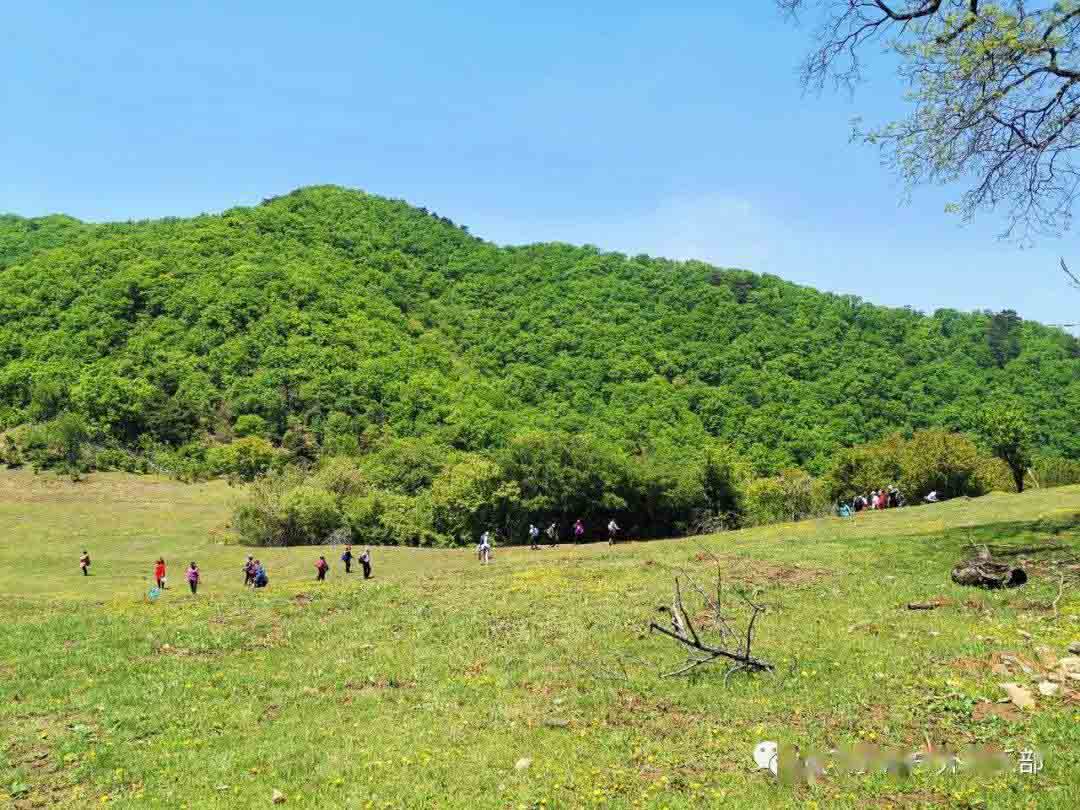
First. What is outdoor sports?
Outdoor sports is a group of collective events held on a natural site. Including mountaineering, rock climbing, cliff rappelling, camping in the wild, picnic, orienteering, streams, adventure and other projects. Most of the outdoor recreational sports are expeditionary and belong to extreme and sub-extreme sports, which are very challenging and exciting. Sex, embrace nature, challenge yourself.
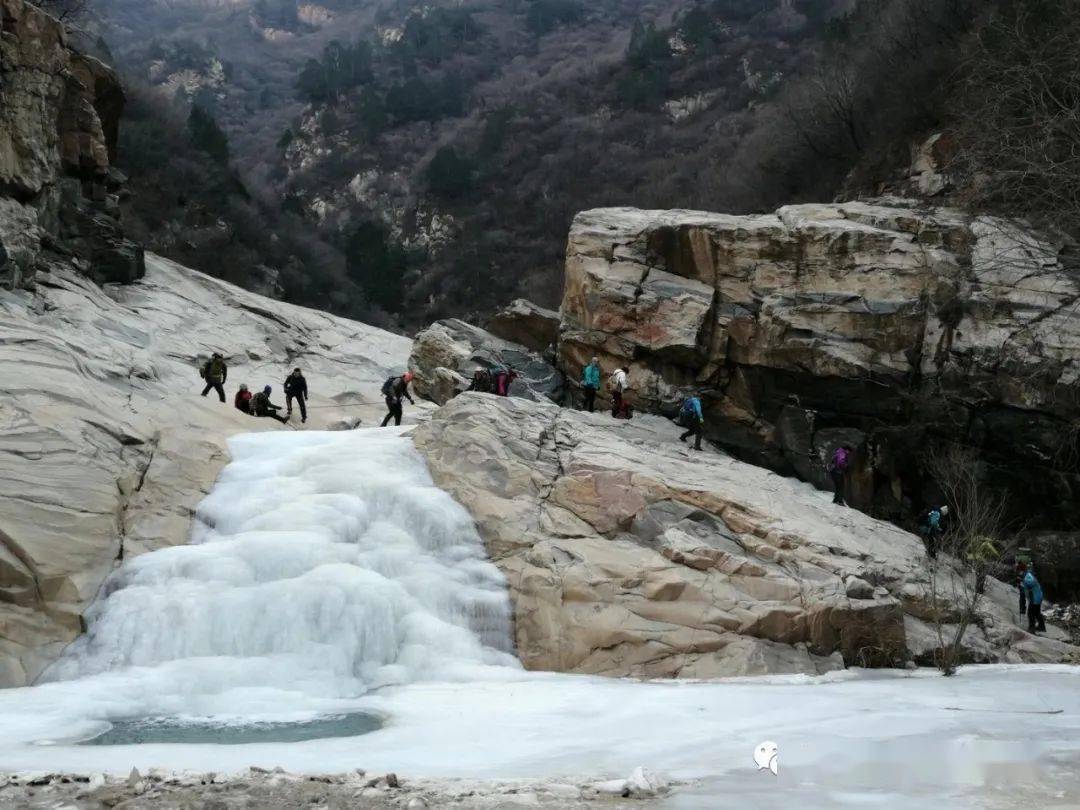
Second, the origin of outdoor sports:
Outdoor sports originated from early expeditions and scientific investigations in Europe and America. Its most important way of expression is to engage in risky and challenging activities under the premise of regulation and safety. The origin of outdoor sports has an indissoluble bond with the birth of mountaineering.
In the Alps of Western Europe, near the snow line at an altitude of 3,000 to 4,000 meters, which is close to the "alpine plant forbidden zone", a wild flower-"alpine rose" often grows. It is said that a long time ago (18th century), the inhabitants of the Alps have always been a custom: when a young man woos a girl, in order to show his loyalty to love, he must overcome numerous difficulties and dangers, bravely climb the mountains, and gather "alpine roses" ", dedicated to my beloved girl. It is a manifestation of men's determination of love, firmness, courage, and fearlessness. To this day, the inhabitants of the Alps still retain this custom. Over time, mountaineering activities in the Alps have developed into a kind of activity that the masses love and participate actively.
Another way of saying it is: In the middle of the 18th century, the Alps attracted the attention of more and more scientists with their complex mountain structure, meteorology, and abundant plant and animal resources. In 1760, a young scientist named II De Saussure in Geneva was interested in the Grand Glacier of Mont Blanc when he was investigating the Alps. However, he failed to climb on his own. Therefore, he posted a notice in the desert at the foot of the mountain: "In order to find out the situation on the top of Blanc 69, whoever can climb to its top, or find the way to climb the top bee, will Big rewards.” After the notice was posted, no one responded. It was not until 1786, 26 years later, that the doctor M. G Pacal invited the local stonemason J. Palma to climb Mont Blanc on the 8th lap of August that year. A year later, H. De Saussure brought the necessary equipment, guided by Palma, and led a team of more than 20 people to the Bronbees, verifying the fact that Pacal and Palma made their first ascent. This is used in the British Encyclopedia "Mountaineering" entry. Because of the rise of modern mountaineering in the Alps, mountaineering is also called "Alpine Sports" in countries around the world.
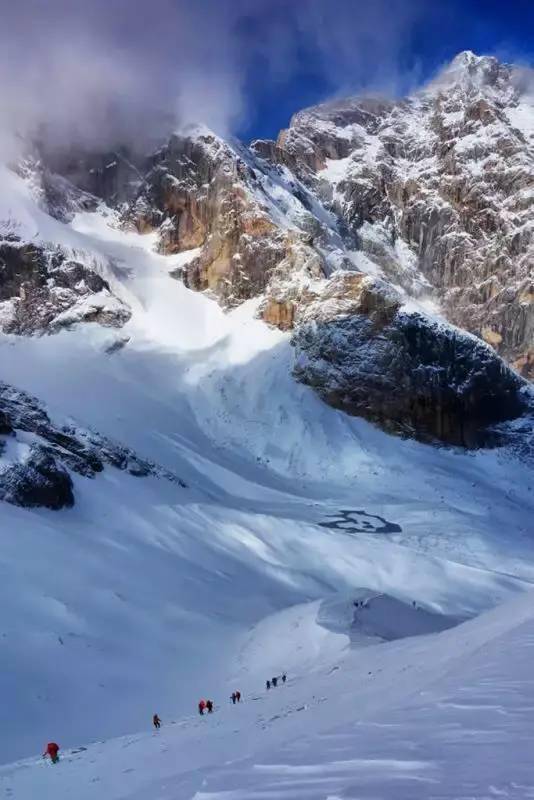
Third, the origin of outdoor sports clubs?
In the mid-19th century, mountaineering in the Alps developed rapidly. In 1857, the world's first outdoor sports club was born in Germany. This non-governmental organization whose main sports are mountaineering and hiking is the embryonic form of modern outdoor sports clubs. The birth of the outdoor sports club promoted the development of mountaineering. During the 10 years from 1855 to 1865, 20 Alps valleys above 4000m were conquered one after another. After that, the outdoor sports situation has changed a lot. Among them, mountaineering, rock climbing, river tracing, canyoning, rafting, caving, skiing, cross-country biking, boarding and other extreme sports with daily risks as the main body have been included in outdoor sports.
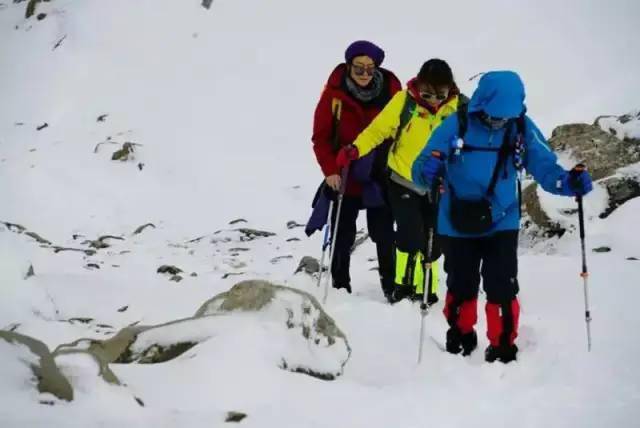
Fourth, why call outdoor enthusiasts "alise friends"?
Lvyou is the name for outdoor sports enthusiasts. Especially those enthusiasts who participate in self-service travel, general expeditions, mountain climbing, crossing, etc. They bring their own tents, kitchen utensils and various survival tools in the wild. You can often find some beautiful scenic spots that others have not visited or rarely visited. But there are often unexpected difficulties or emergencies on the way. It also specifically refers to travelers whose purpose is to experience scenery, humanities, and life, or to gather style, rather than those whose purpose is to vacation. It comes from the homophony of "travel" and "green" friends. "Green" means environmental protection and does not pollute the environment. Therefore, the travel companion refers specifically to "enthusiasts", refers to people, not to travel itself. It is a way of tourism popular in all walks of life in recent years.
"Asses" is also a term for enthusiasts and wild survival workers to call themselves and respect each other. Because donkeys can carry, bear hardships and stand hard work, they are often regarded as one of the proud capitals of enthusiasts.
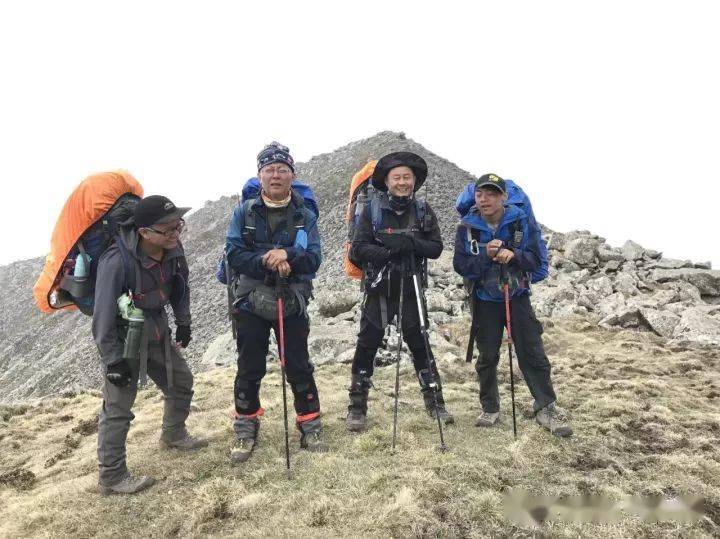
Fifth. What are the "hidden rules" of outdoor circles?
The donkey pen’s "three no borrowing, three no asking, three no allowed"
A. Three no borrows in the donkey pen
1. "Water is not borrowed" in the donkey pen
2. "Just don't borrow" in the donkey pen
3. "Sleeping bags are not borrowed" in the donkey pen
B. Outdoor "Three Don't Ask"
1. Regardless of age and marriage,
2. Regardless of work and income,
3. Do not ask the real name and address.
C. Outdoor "three prohibitions"
1. It is forbidden to disturb his normal life by suddenly going to the home of the traveler without the consent of the traveler. 2. It is forbidden to find a donkey to borrow money or objects.
3. It is not allowed to disclose the phone number and home address and personal privacy of the donkey.
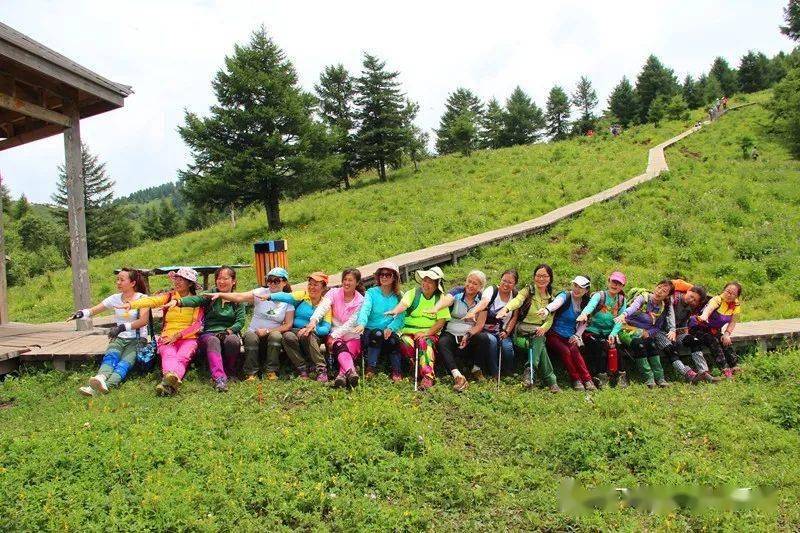
Sixth, a few things you need to know if you want to go out to participate in outdoor activities:
1. You know your physical fitness, what kind of intensity and difficulty activities should be suitable, read the announcement more;
2. In terms of equipment, including clothing and equipment, you should prepare your own in principle.
3. At your own risk, the more outdoor experience and knowledge, the lower the risk, which requires daily accumulation and learning
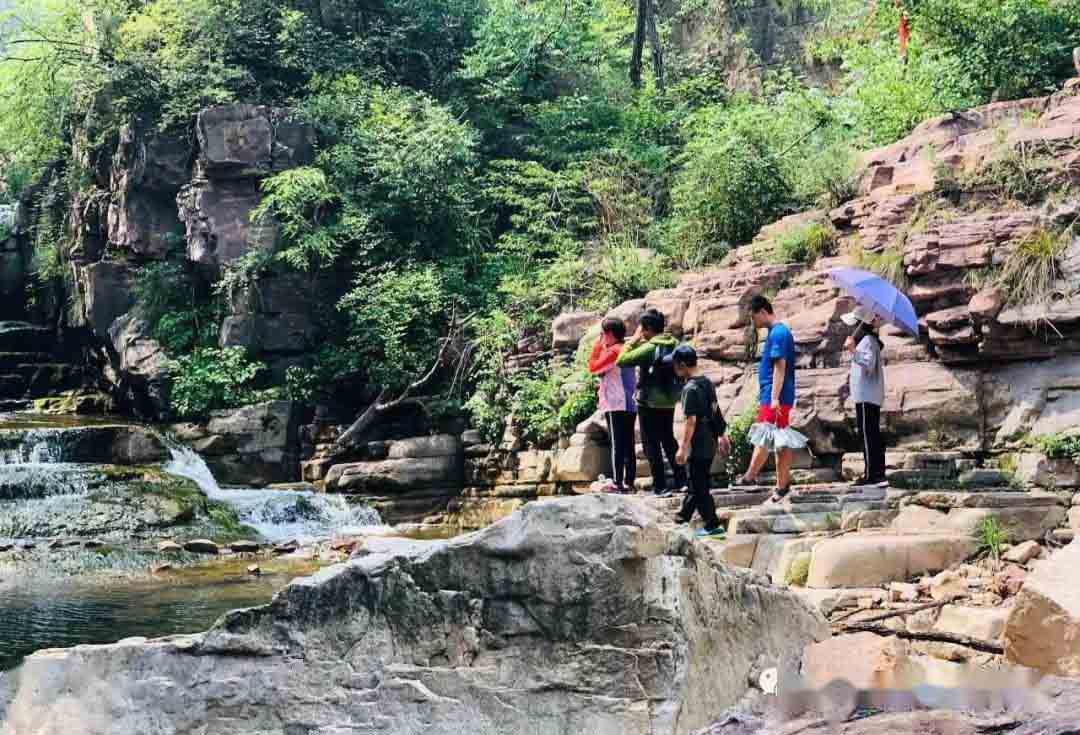
Seventh. Why do I need to wear special outdoor equipment to participate in outdoor activities?
Qualified outdoor equipment can save climbers' physical strength, play a protective role, and bring comfort. The role of outdoor equipment is especially obvious in extreme environments. What is the basis for developing the functionality of outdoor equipment? It is the experience and lessons learned by many senior outdoor enthusiasts with blood donation and even life.
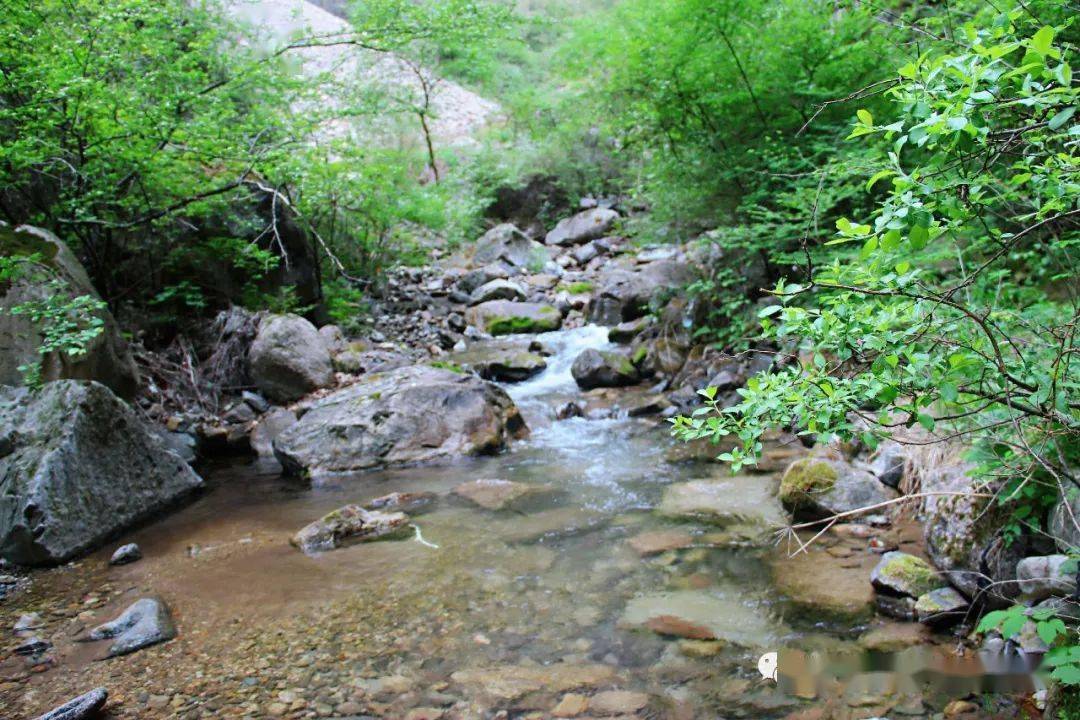
Eighth. What are the two ways of climbing?
●Alpine way:
A kind of mountaineering activity that does not rely on others, and is completely or mainly dependent on the climber's own strength to climb various peaks. It usually refers to climbing in a high mountain environment with individuals or teams of three or four people, with light equipment and fast traveling speed. It does not rely on external supplies in the middle; nor does it need to erect fixed ropes to facilitate repeated ascents and descents to adapt to the height and supply materials, climb up to the top of the mountain and return safely, if it can't climb to the top, turn back. Because it is an early form of mountaineering in the Alps, it is named after.
●Himalayan way:
Himalayan mountaineering refers to the participation of guides, collaborations, chefs... climbers and collaborators, and they repeatedly adapt, build roads, establish camps at various heights and store supplies, and complete the summit in multiple days.
Its emergence is due to the requirement of utilitarianism. Since the early 20th century, mountaineering has become a competition between countries, representing the honor of the country, and therefore put forward higher requirements for the success rate of mountaineering. This resulted in "Himalayan", multi-person siege-style commercial mountaineering.
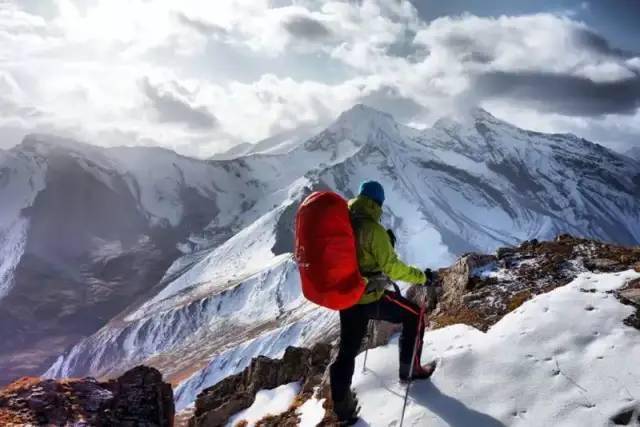
●"Arab Style" VS "Hi Style":
It is better to say that Himalayan style and Alpine style are two ways of climbing.
The leader of the "Hi-style" mountaineering is the nanny: vehicles, routes, food, accommodation... everything is under their consideration, you just go, if you can’t carry it, a porter will help you carry it, and you can’t walk. It can even help you get to the top, of course you must have enough money.
And what is the essence of "A-style" mountaineering: it does not rely on others, does not rely on external supplies, and relies solely or mainly on climbers' own strength to engage in mountaineering activities of climbing various peaks. "Ashi" mountaineering emphasizes the experience of the spirit of "independence and fairness" during the mountaineering process. This is also the connotation of AA Outdoors. Of course, there is one more thing: environmental protection.
It is difficult to simply say which is the better way. From a safety perspective, the characteristics of the Alpine style determine that you must consider all factors: routes, accidents, equipment, food...no external supplies, no fixed installations Climbing rope. But on the other hand, its rapid ups and downs also use time in exchange for safety. On the contrary, it can greatly reduce the risk of avalanches or blizzards, especially in areas where a large amount of ice is accumulated and may fall at any time-this is exactly the Himalayan style. Weakness. On the other hand, it is more economical.
But it must be admitted that without Himalayan mountaineering, there will be no rapid development of commercial mountaineering. For most people, being able to approach mountaineering, especially high-altitude mountaineering, definitely benefits from Himalayan mountaineering.
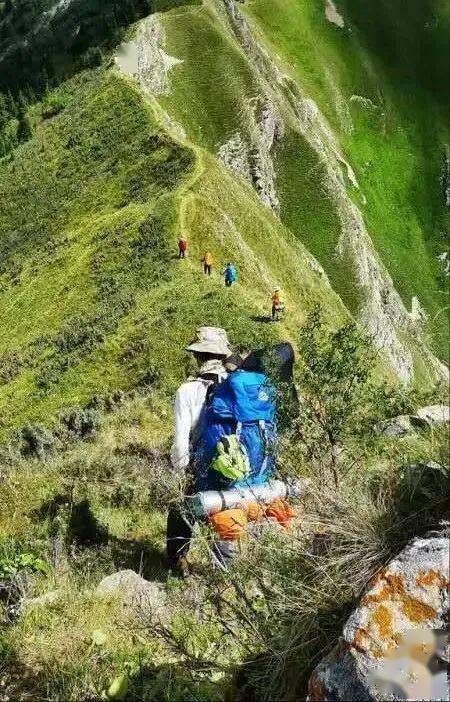
Ninth. Classification of outdoor activities:
Before engaging in outdoor activities, the team leader will make a travel plan according to the intensity, difficulty, and risk of the travel area, walking route, geomorphic environment, and meteorological conditions, so that participants can do what they can. Generally, it is divided into three levels from easy to difficult, and be cautious above level three.
0-1 level (recreational level)
Activity types: photography, picnic, self-driving leisure travel, etc. Basically no equipment requirements.
Examples: recreational picnics, skiing in Beida Lake, horse riding on the dam, photography, bicycle riding, etc.
Level 1-2 (Climbing and crossing of normal intensity)
Types of activities: normal-intensity outdoor mountaineering, camping, rock climbing, weight bearing, Shuoxi, etc. The number of trips depends on the design of the route and the situation of the activity personnel, and some of them have their own outdoor equipment.
Weight-bearing walking instructions: males carry about 15 kilograms, women carry about 10 kilograms, the mountain road speed is between 3-4 kilometers per hour, and the time is 5-8 hours.
Level 2-3 (Intensive mountaineering crossing)
Type: Intensive mountaineering, crossing, and some activities with higher risk factors. You must bring your own outdoor equipment. It doesn’t have to be experienced, but the will is stronger.
Weight-bearing walking instructions: males carry about 15 kilograms, women carry about 10 kilograms, the mountain road speed is about 3.5 kilometers per hour, and the time is 8-12 hours.
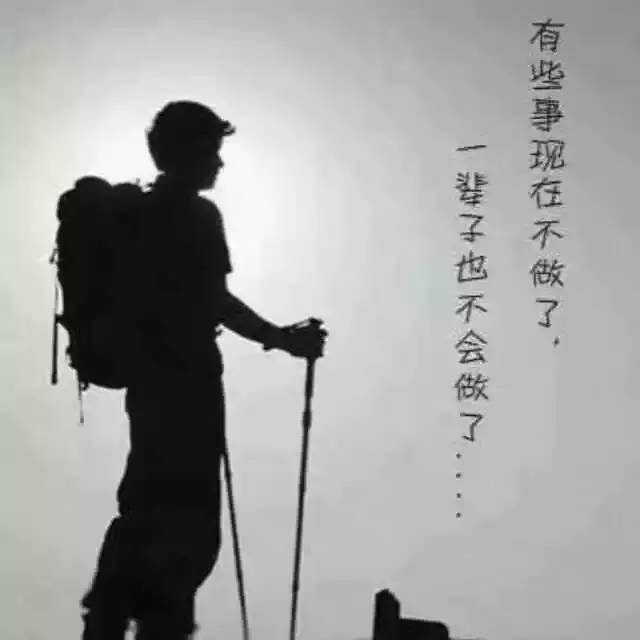
Tenth, what is the significance of participating in outdoor activities? (The answer is for reference only)
Outdoors can broaden people's horizons and minds, and perseverance and hard work in the face of difficulties during outdoor journeys can temper people's will and courage. It is a sports experience that exercises the body, relaxes the mind, feels the nature, and improves oneself. Participating in such activities can not only hone the players' will, strengthen the teamwork spirit, but also make friends and enhance friendship.